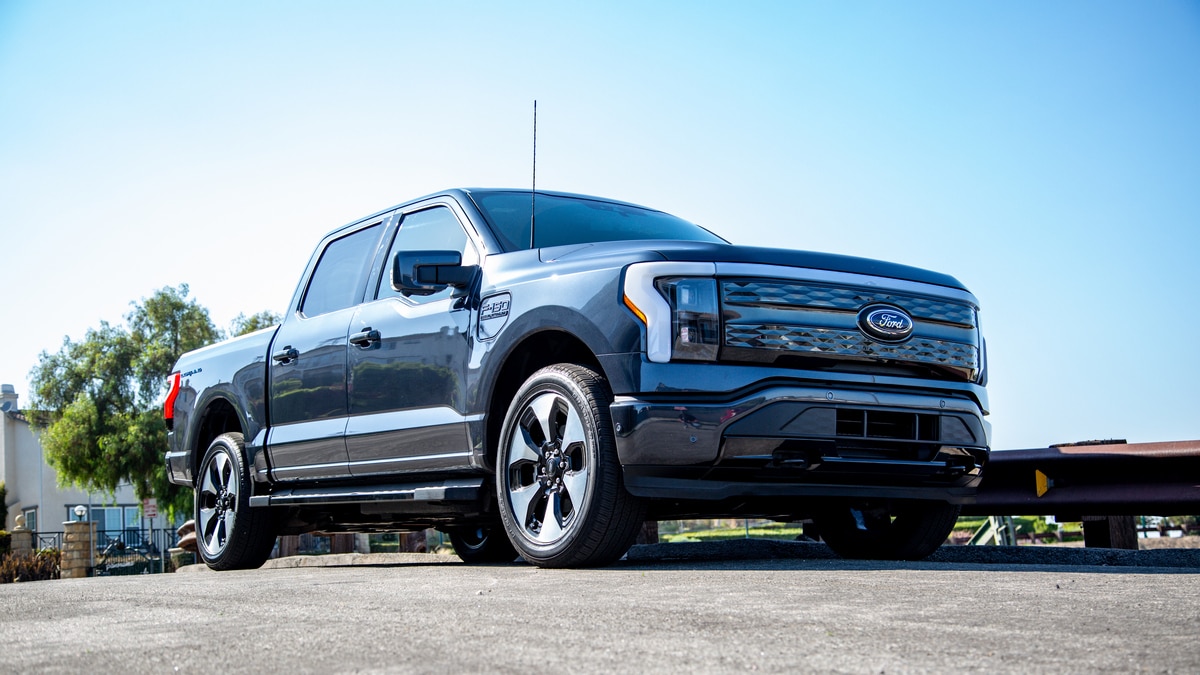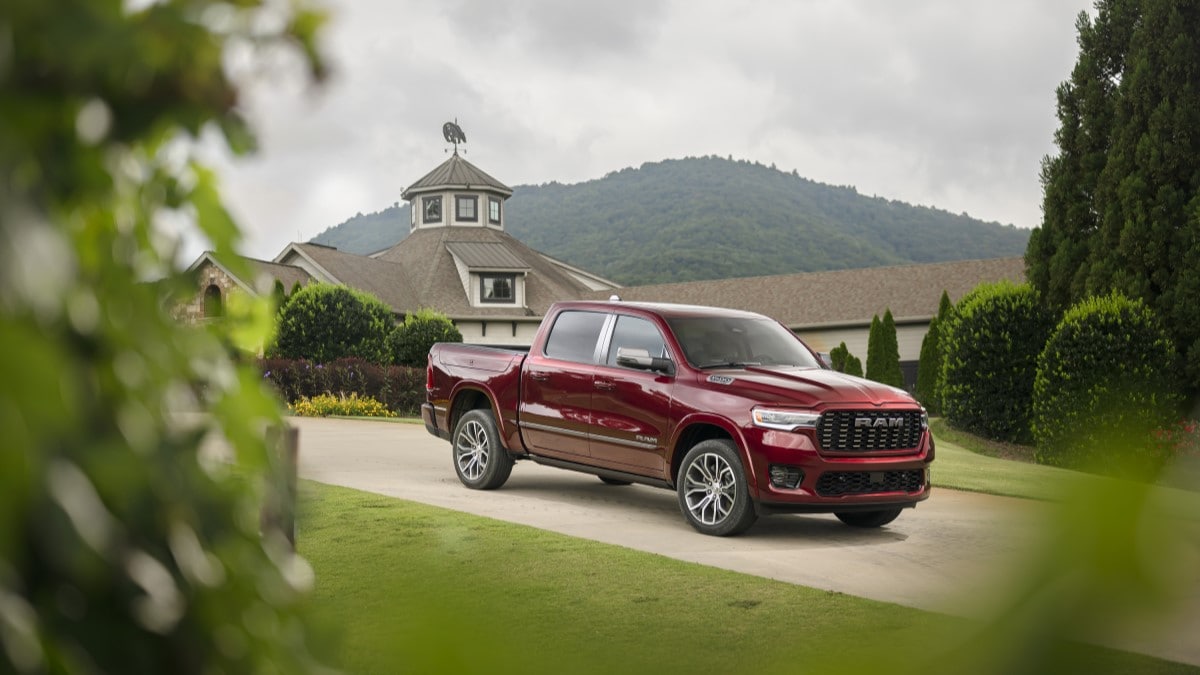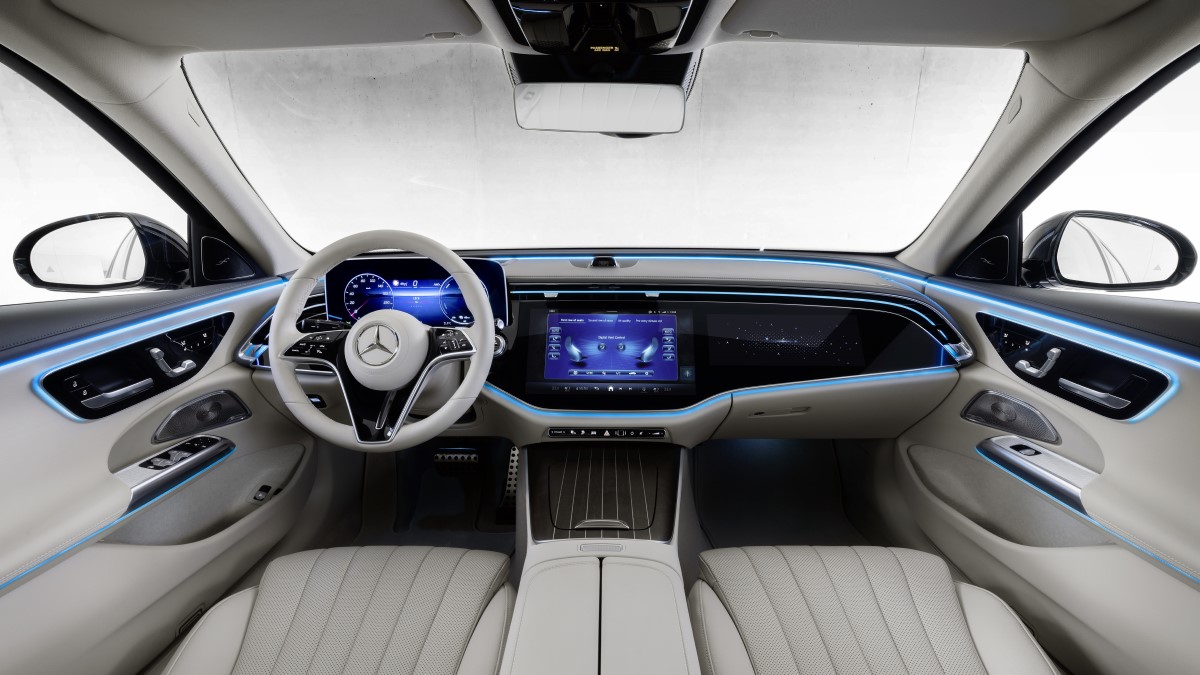Ford announced today that it will push back production of a second electric truck by a year and plans to offer a hybrid variant of every gas-powered vehicle it sells by the end of the decade.
Ford says the move doesn’t mean it’s stepping back from its electric vehicle (EV) plans. The company “continues to invest in a broad set of EV programs as it works to build a full EV lineup.” However, Ford says it needs to develop “a differentiated and profitably growing EV business over time while Ford serves customers with the right mix of gas, hybrid and electric vehicles based on demand today.”
The company will also “retime” the launch of a planned 3-row electric vehicle, now aiming for 2027 instead of 2026.
An Industry-Wide Timing Problem
The automotive industry is trying to thread a series of needles simultaneously.
According to the EPA, the transportation industry is now the largest source of greenhouse gas emissions in America.
Both state and federal policymakers are pressuring automakers to go electric.
States have mandated EVs – at least seven states have moved to ban the sale of gas-powered cars within their borders after 2035.
Federal policy gets to the same place obliquely. New EPA tailpipe emissions rules don’t require automakers to build any particular type of car but limit the harmful pollutants cars can produce. Analysts say the only way automakers can meet them is to build more EVs. Rules enacted last month would push most toward a lineup of at least 56% EVs by 2032.
But 2024 isn’t 2032.
EV sales are growing but at a slower pace. The adoption of new technologies typically follows an S-curve. Once the excited early adopters have jumped in, manufacturers run into more skeptical customers who must be convinced. That phase seems to have started.
Kelley Blue Book parent company Cox Automotive expects EVs to top 10% of all cars sold in the U.S. this year, but some automakers have built EVs as if sales would be much higher.
Prices, Range, Infrastructure Challenges
In survey after survey, car shoppers say they need three things to improve before EVs can become mainstream. Prices need to come down. Range needs to improve. And they need to see more EV infrastructure in their communities.
Prices are coming down. The average EV sold for 12.8% less in February than one year before. Ford has an oversupply of its Mustang Mach-E electric SUV. The company recently cut prices and saw sales of the car accelerate.
Ranges are improving, with several mid-priced EVs now topping 300 miles between charges and a handful of luxury EVs managing well over 400. Infrastructure is improving, with most of the industry landing on a single standard charging port next year.
Still, consumers may never see EV chargers dotting the land like gas stations because, even in a mature charging network, most chargers will be less visible, found in homes and workplaces.
Hybrids Needed Now
Those three factors may converge in the early 2030s, making mass-scale EV sales practical. Not coincidentally, that matches the timeline of the EPA regulations and most state mandates.
But that date is years away. In the meantime, more Americans than ever are interested in hybrids.
Toyota dominates hybrid sales, with a hybrid variant of almost every vehicle in its lineup. The company has plans to go electric and has even invested in Tesla-style production methods to radically change how it produces cars by the early 2030s. Today, Toyota is the hybrid company.
Other automakers are now noticing the wisdom of that approach.
“By the end of the decade, the company expects to offer hybrid powertrains across its entire Ford Blue lineup in North America,” Ford says. Ford Blue is the name the company uses internally for its gas-powered lineup.
Ford isn’t alone in running to catch Toyota’s strategy. Rival General Motors recently announced plans to reintroduce plug-in hybrids to its lineup and slow the timing of some future EVs.





